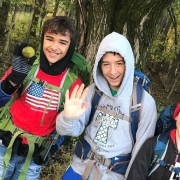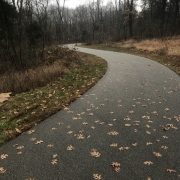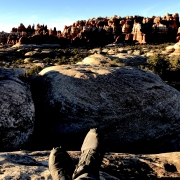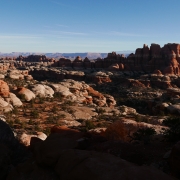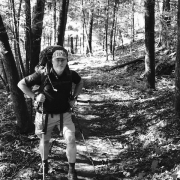The Hurried Child –Are We Creating a Generation of Anxious Children?
I first read David Elkind’s book, “The Hurried Child,” while in graduate school almost 25 years ago. It provided a course of treatment for me to use with families and their children. I encouraged families to relax and limit the stress that they imposed upon their kids. This stress usually took the form of over-involvement in extra-curricular activities and pressure to excel academically. Elkind asserted then and continues to in the 25th Anniversary edition of his book, that we are rushing our kids through childhood and contributing serious problems with anxiety and depression.
“The concept of childhood, so vital for a child’s healthy development,” he writes, “is threatened with extinction in the society we have created. Today’s child has become the unwilling, unintended victim of overwhelming stress –the stress borne of rapid, bewildering social change and constantly rising expectations.”
People need stress. It’s very important for our body to function and can help create creativity and motivation for being productive in society.
But chronic stress is very harmful and can lead to health issues such as, cardiovascular disease, obesity, and anxiety, just to name a few.
“For some children, Elkind summarizes, “chronic stress is translated into what Freud called “free-floating anxiety,” in the sense that it is not attached to a specific fear of apprehension.”
Childhood Anxiety is becoming an epidemic in our country.
I think Elkind is careful to spread the blame to several institutions for this rise in stress and anxiety with kids and not just parents. These include: the family system, schools, the media, and the internet. I recently reviewed the book, “IGen: Why Today’s Super-Connected Kids are growing up less Rebellious, More Tolerant, Less Happy, and Completely Unprepared for Adulthood,” by Jean Twenge, PH.D. “Whereas teens used to hear about social events through whispers,” she writes, “they can now see up-to-the-minutes pictures of exactly what they are missing.” Children and teens are being robbed of the peace and safety of living in the “here and now.”
I remember many things about my childhood: playing with my brother Tim, building forts, and watching Saturday cartoons. I grew up during the Vietnam war and remember seeing soldiers on the evening news. Also, the threat of nuclear holocaust was a constant fear in the 60’s. But we used most of our days living like kids: playing in the here and now.
Unbeknownst to us, we we’re practicing a form of Mindfulness! Playing in the here and now!
Mindfulness-Based Cognitive Behavior Therapy-For Children
At True North Counseling, we want to help children and teens cope with stress and anxiety. We want to help children and teens get better connected with themselves and with the “here and now.” We do this through Mindfulness-Based Cognitive Behavior Therapy-For Children (MBCBT-C). This is done in a group setting and uses evidence-based strategies to help them cope with stress. We utilize graduate-school students and provide this group treatment at no charge to the children and teens that we see for Individual and Family Therapy. If you would like to utilize this service, call 502-777-7525 to set up an assessment for your child or teen.
If you’re worried that you might be contributing to the increased stress and anxiety of your child, read Elkind’s book.

